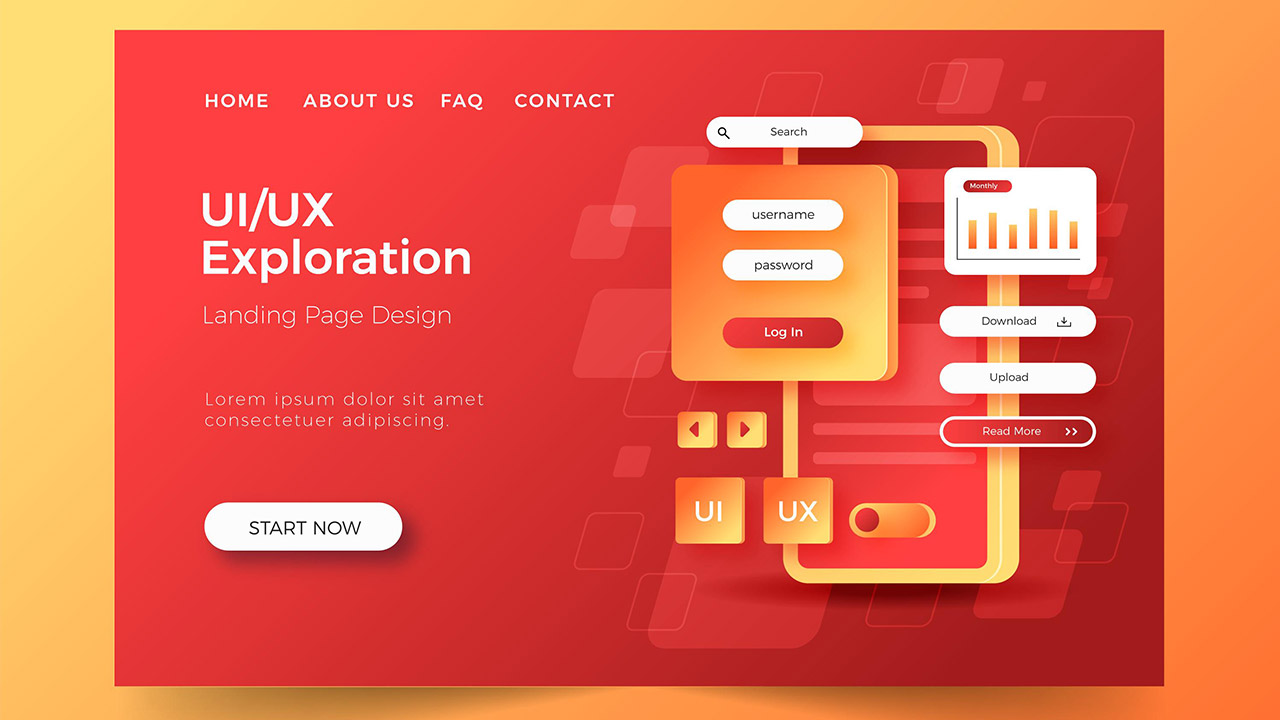Introduction
In today’s competitive digital landscape, creating an engaging user experience is more important than ever. Effective UI/UX design plays a critical role in capturing and retaining users’ attention, driving conversions, and building brand loyalty. In this article, we’ll explore practical strategies for enhancing user engagement through well-crafted interfaces and seamless experiences.
From user research to prototyping and usability testing, discover the key elements that contribute to successful UI/UX design.
User Research
Understanding User Needs
The foundation of effective UI/UX design is a deep understanding of user needs and behaviors. Conducting user research through surveys, interviews, and analytics helps gather valuable insights into what users want and how they interact with your product. Analyzing this data allows designers to make informed decisions that align with user expectations and pain points.
Creating User Personas
User personas are fictional characters that represent different segments of your target audience. Creating detailed personas helps designers empathize with users and tailor the design to meet their specific needs. Each persona should include demographic information, goals, challenges, and behavioral patterns, providing a clear picture of who you’re designing for.
Prototyping and Wireframing
Building Prototypes
Prototyping is a crucial step in the design process, allowing designers to create interactive models of their ideas. Tools like Figma, Sketch, and InVision make it easy to build and test prototypes, providing a realistic representation of the final product. Prototyping helps identify potential issues early on and allows for iterative improvements based on user feedback.
Wireframing Best Practices
Wireframes are basic blueprints that outline the structure and layout of a webpage or app. They focus on functionality and user flow rather than visual design. Effective wireframing involves clearly defining the placement of elements like navigation, content, and calls-to-action, ensuring a logical and user-friendly layout. Tools like Balsamiq and Adobe XD are popular choices for creating wireframes.
Usability Testing
Conducting Usability Tests
Usability testing involves observing real users as they interact with your product to identify any usability issues. Methods such as moderated testing, A/B testing, and remote testing provide valuable insights into how users navigate and perceive your design. Collecting and analyzing this feedback helps refine the design to better meet user needs.
Iterative Design Process
The iterative design process involves continuously refining and improving the design based on user feedback and testing results. This approach ensures that the final product is highly user-centric and meets the desired usability standards. Case studies of successful iterative design demonstrate the value of this approach in creating effective user experiences.
Visual and Interaction Design
Creating Visual Hierarchy
Visual hierarchy refers to the arrangement of elements in a way that guides users’ attention and emphasizes important information. Techniques such as size, color, contrast, and spacing help establish a clear visual hierarchy. Effective use of visual hierarchy ensures that users can easily navigate the interface and find what they need quickly.
Enhancing User Interactions
Microinteractions are subtle, often overlooked details that enhance user interactions. These include animations, hover effects, and feedback messages that provide immediate, intuitive responses to user actions. Thoughtfully designed microinteractions contribute to a more engaging and enjoyable user experience.
Conclusion
Boosting user engagement through effective UI/UX design involves a combination of thorough research, thoughtful design, and continuous iteration. By understanding user needs, creating interactive prototypes, conducting usability tests, and refining visual and interaction design, you can create experiences that captivate and retain users. As the digital landscape continues to evolve, prioritizing UI/UX design will remain essential for achieving success and building lasting relationships with your audience.


